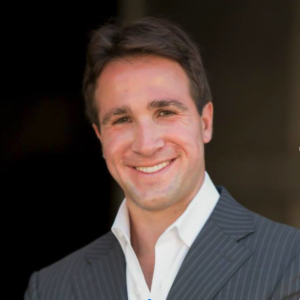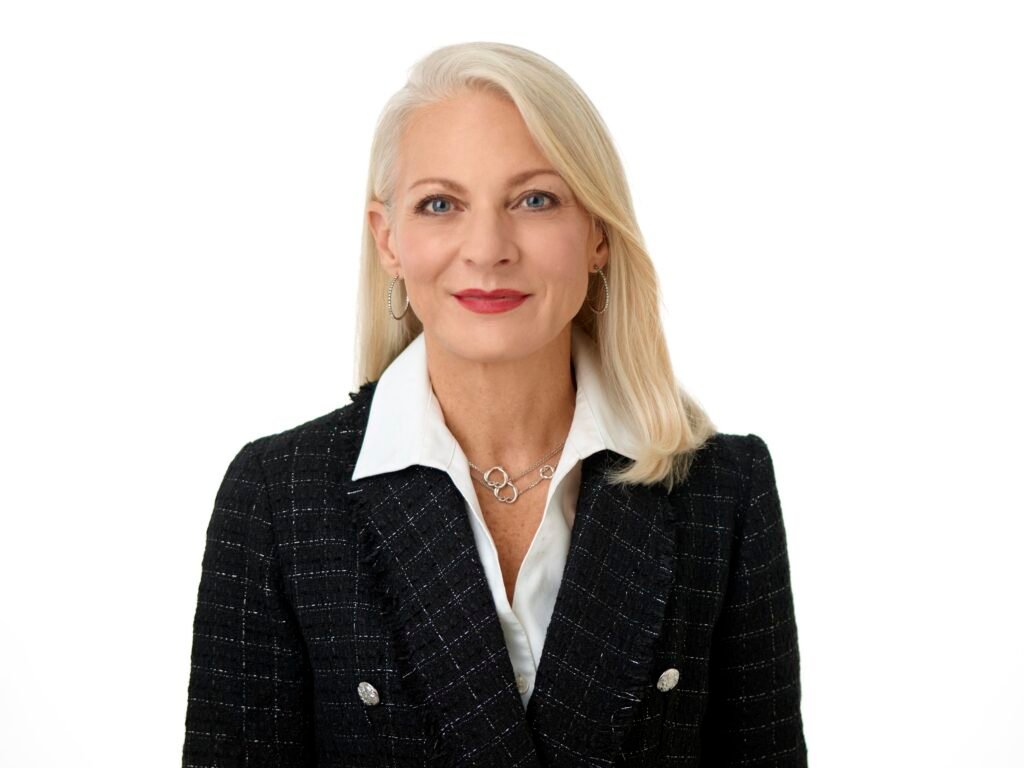I recently went one-on-one with Sharon Price John, CEO of Build-A-Bear Workshop.
Adam: Thanks again for taking the time to share your advice. First things first, though, I am sure readers would love to learn more about you. How did you get here? What experiences, failures, setbacks, or challenges have been most instrumental to your growth?
Sharon: In 2013, I joined Build-A-Bear (NYSE: BBW) when the company was experiencing multiple years of financial decline and was entering the “retail apocalypse.” Not only was a financial turnaround required to return the company to profitability, but we also needed a strategic evolution and an organizational shift to support the new strategy. Given the strength and awareness of the Build-A-Bear brand, the strategy was grounded in the opportunity to diversify its business model to monetize the enormous emotional brand equity that had been created over the years through the experiential retail arm. Part of this evolution, however, was to also unlock a path for a company that was mostly known as an experiential retailer to profitably participate in the digital economy. This was going to also require a comprehensive digital transformation, allowing us to scale into the future.
With this in mind, it was necessary for us to go through a complete change management process, grounding that change in our newly synthesized mission of “adding a little more heart to life.” After we executed the necessary actions to immediately stabilize the company, I really wanted a “bright idea” to help walk the team through the required evolution and the part they would need to play. We utilized something that I eventually coined as the S.P.A.R.K. method, which is grounded in change psychology, to guide Build-A-Bear through the necessary evolution. The S.P.A.R.K process starts with the end in mind. First, we focus on the potential successful outcome, or the multi-year strategic vision, which is something we call ‘See it’, where we imagine an exceptional future for the brand and the business. This step is followed by identifying the road map to the future, which we call ‘Plan it’. Once the tactical next steps are identified, the key is to ‘Action it’ with efficiency and passion. However, because change is often iterative and the external environment changes as well, it is necessary to consistently measure and calibrate the progress and review the process for continuous improvement, which we call ‘Run it’. Lastly, change, in and of itself, is also often difficult for people and, therefore, companies. Consistency of execution is key, and challenges are bound to emerge, so during uncertainty, it is critical to maintain an eye on the original vision or ‘Keep the faith’. This method enhances a leader’s ability to pinpoint areas of support and establish a sustainable plan that aligns with their growth and scaling goals as they face new markets or challenges while improving their ability to permanently implement the change and, with time, even create a company with an innate change mindset.
Adam: What do you believe are the defining qualities of an effective leader?
Sharon: Given the current accelerating pace of technological change and consumer trends, as well as an increase in economic and geo-political volatility, I believe one of the most defining qualities of an effective leader in today’s world is one that can recognize the need for change, ignite the company to evolve, and then effectively manage the organization through the identified evolution. As someone who has turned around a number of brands and business units and multi-billion-dollar companies and my role as the CEO of Build-A-Bear, I have led the “change” firsthand and understand the impact, both positively and negatively, on an organization. The CEO, along with the leadership, must be aligned with the strategy and communicate often, with consistency and with passion. They also must listen and react appropriately when challenges or pushback occur. At this point, I believe that not only having a vision and a flexible mindset is helpful, but just being mentally prepared for what will likely be a long, bumpy road ahead – while simply understanding it is just part of the process — is what sets you apart and improves your odds of implementing successful change.
Adam: How can leaders and aspiring leaders take their leadership skills to the next level?
Sharon: At Build-A-Bear, we create a culture that truly begins with the heart – my own mindset and actions cannot be separate from this culture, including how I lead. Inspiring and rewarding executives and associates to hone their skills and understanding the value of leading with gratitude through “servant leadership” helps us bring “a little more heart” to our organizations. We want to ensure that we recognize the efforts and accomplishments of our team, from the headquarters to the warehouse to the stores, all while striving for breakthrough results. We accomplish this in monetary ways, corporate recognition, but also peer recognition with something we call “Atta Bears.” Not only does this approach allow you to celebrate important moments, but it also generates a positive impact which improves employee morale, a vital component of success.
Adam: What are your three best tips applicable to entrepreneurs, executives, and civic leaders?
Sharon: I often take moments to pause and reflect. The leadership journey can be a difficult one whether you’re in the C-Suite or a coach, but here are a few tips that I have found to be helpful:
Identify meaningful longer-term goals and WRITE THEM DOWN: Keeping a longer-term perspective helps you to stay balanced in the ups and downs of the day-to-day while physically writing down your goals creates a sort of “magic” to the process that is statistically proven to improve your outcome.
Dream big with passion: I encourage you to dream big and with passion; first, dreaming big helps you to “get out of your own way,” even if you don’t reach the goal, you will likely achieve more than you would have with a conservative vision that may not have invigorated you as much. Additionally, passion can help you propel through the difficult moments on the path to your goal.
Learn to use “failure” as a “flywheel”: Not everything is going to go perfectly, and that’s okay. The key is not perfection, the key is continuous improvements and learning. Persistence and passion can often be more powerful than the fundamental idea or talent.
Adam: What is your best advice on building, leading, and managing teams?
Sharon: Leaders are looked to for inspiration. They set the tone and create the environment within the organization. The best leaders work to instill trust, excellence, and accountability while allowing the team members to feel independent and win together. One way to do that is to think of strategy as a framework and then provide team members freedom within in those frames for individuals to have some latitude on tactical decision-making as long as the decision still achieves the goal on time and on budget. Finally, when building your overall team, it is also important to recognize that structure should follow strategy – not the other way around. That is, your organizational structure and required skills should flow from the needs outlined in the stated strategy and financial objectives.
Adam: What are your best tips on the topics of sales, marketing, and branding?
Sharon: As a “change agent,” I have learned to be comfortable being uncomfortable – that is, recognizing that the unknowns of the journey often are the catalyst to allow both me and an organization to expand and explore new territories. This can manifest in ways that could include allowing new ideas to simmer for a moment before immediately dismissing them because “it’s never been done before,” or asking “what if” questions that challenge the status quo or belief system, or setting what one might consider a “quantum leap” goal like “double this or that business” to get people to think differently. These actions create the momentum of proactive internal change, not just reactive change, because of an outside impact. Some examples of this at Build-A-Bear have resulted in a significant expansion of our addressable market (40% of our sales are now to teens and adults), elevating our ecommerce business despite being known as an experiential brick-and-mortar retailer (growing our digital business from less than 5% of sales to up to 20% of sales) and launching an entertainment segment that has created a number of successful proprietary sub-brands and developing movies based on those suv-brands including the “Honey Girls” launched in 2021 and “Glisten and the Merry Mission” in theaters and streaming this holiday season.
Adam: What is the single best piece of advice you have ever received?
Sharon: Never underestimate the power of positive thinking.









